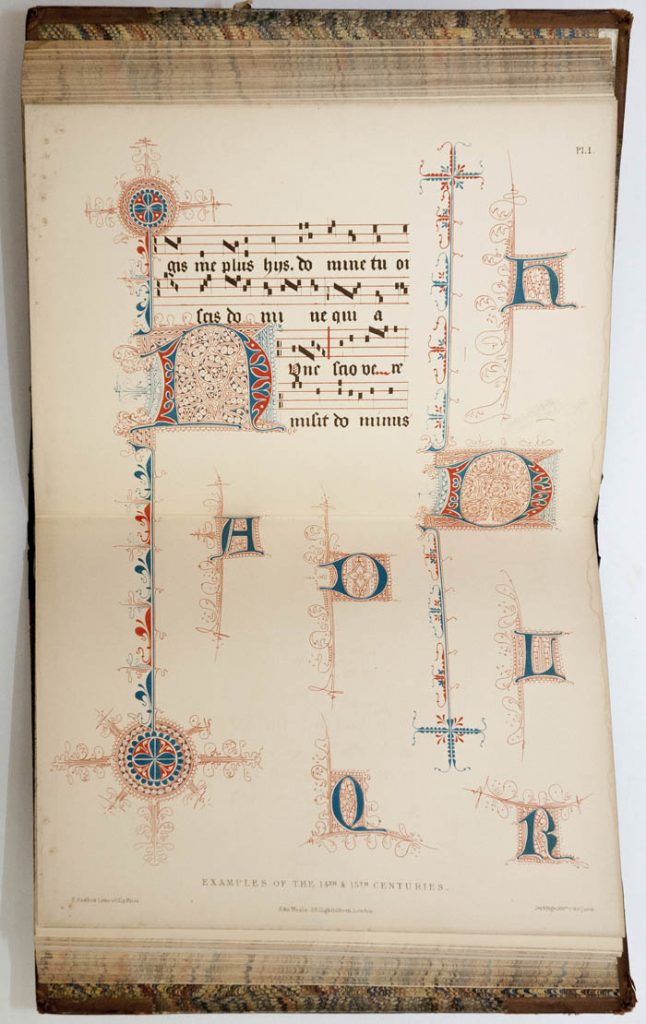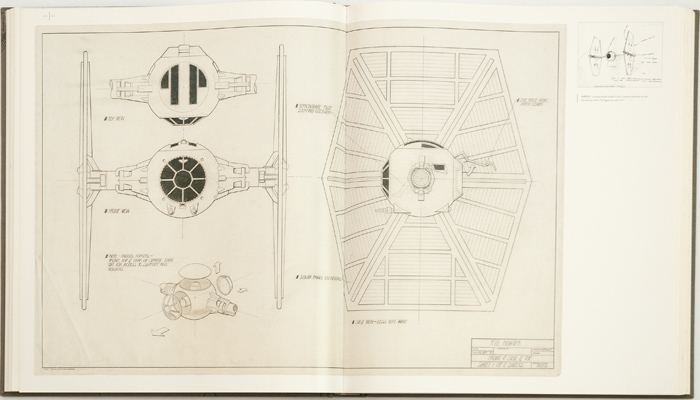
By Lee Sorensen, Librarian for Visual Studies and Dance
The treasures of Duke’s branch libraries are often hidden. The circulating collections and services of these smaller libraries often claim pride of place. However, both Lilly Library and the Music Library on East Campus hold precious materials relating to their subject collections. Known somewhat humorously in the library world as “medium rare” (as opposed to the rare materials located in the David M. Rubenstein Rare Book & Manuscript Library on West Campus), such primary source materials allow students to examine history first-hand.
This fall, Lilly Library added a lobby display case to highlight its medium rare collections. The inaugural display is one volume of our three-volume Vitruvius Britannicus, a large and early folio devoted to the great buildings of England to be seen in 1717.
An outstanding example of the folio format, the Vitruvius Britannicus is also perhaps the most important architectural book in English. The architect Colen Campbell (1676-1729) was an early enthusiast of the sober, renaissance architectural style as opposed to the bombast of the baroque. Taking inspiration from the ancient Latin architectural theoretical work, De architectura, by Vitruvius (c. 70-15 B.C.), Campbell published text and plates of what he considered the best examples of British architecture—including, not incidentally, his own.

Published in 1715 and 1717, the volumes each consisted of 100 large folio plates of plans, elevations, and sections chiefly illustrating contemporary secular buildings. Many of these plates also provided lavish illustration of the best-known houses of the day, such as Chatsworth and Blenheim Palace. The publication appealed to the widespread desire for prints of such buildings—not to mention the desire for publicity by their architects. Indeed, the Vitruvius Britannicus established the precedent of architects publicizing their work, which, then as now, is key to winning major commissions.
Although items like the Vitruvius Britannicus are kept in our locked stacks and cannot be checked out, students can study these treasures unencumbered whenever they wish, and so can you! We invite you to visit Lilly Library on East Campus and enjoy our rotating menu of “medium rare” items on display.






